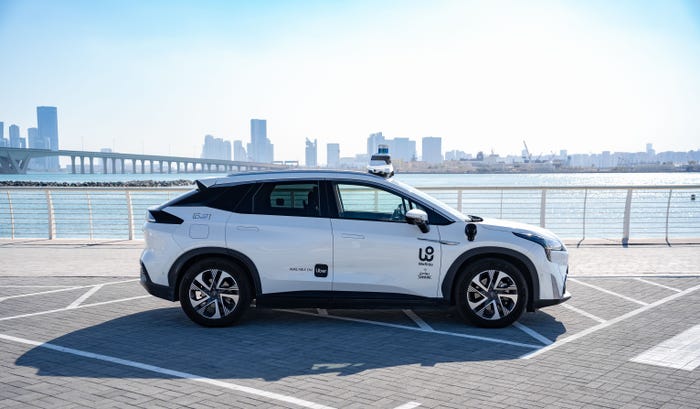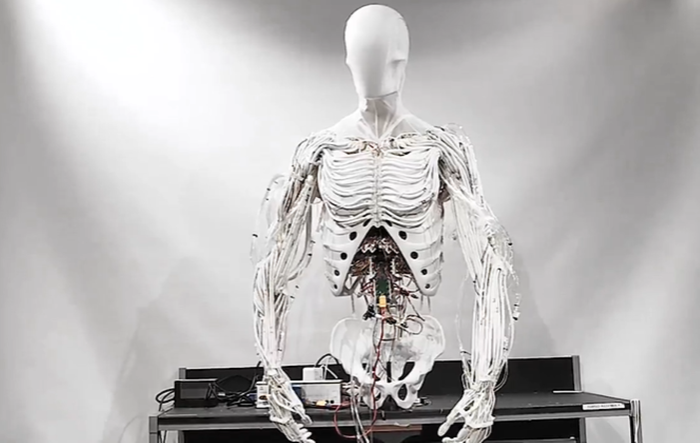Realizing the Smart Home with Matter
Connected locks, lights, switches, thermostats, etc. have enabled a level of convenience and automation, but the IoT market suffers from fragmentation.
August 25, 2022

Sponsored Content
By Infineon Technologies
Adoption of IoT devices in the home have been steadily increasing over the past few years. Connected locks, lights, switches, thermostats, etc. have enabled a level of convenience and automation that was previously in the realm of science fiction. And there is no end in sight to this proliferation. But the IoT market suffers from fragmentation, which frustrates both device manufacturers and end users alike.
Major ecosystem providers like Apple, Google and Amazon make smart speakers and home hubs that can manage devices and enable intelligent automation schemes. Device manufacturers want to provide solutions that will work in the maximum number of households. Today, in order to support all of the major ecosystems, they need to develop software for each. This can be onerous, and often not even possible. Companies have no choice but to develop and supply their own applications and cloud backends to manage their devices.
Most connected products are built to make lives easier and more convenient for consumers. But because of the fragmentation in the IoT space, the onus is then on the end users to do research to determine what devices work with their home ecosystem. Many times, the device that has the features they desire are not compatible with their home ecosystem and need to be managed by company-specific applications. This requires the customer to learn new applications and interfaces for most devices and limits the amount of automation that can be achieved.
The Connectivity Standards Alliance (formerly Zigbee Alliance) has developed a connectivity standard called Matter (formerly called Connected Home Over IP, or CHIP), which has the potential to address these challenges. Since Matter defines a standard application interface, manufacturers can create products that will work with all major IoT ecosystems out of the box. And they can choose the right technology for their product, because Matter covers major IoT connectivity technologies such as Wi-Fi and 802.15.4/Thread. This will make it possible for manufacturers to build products that work with all of the big ecosystem providers – Apple, Amazon, Google, and others.
Of course large companies can still create their own mobile applications and cloud backends, but they don’t need to. Manufacturers that implement a Matter-compliant device can forgo providing a custom mobile application and let the end user’s ecosystem manage the device directly. This reduces the development time and resources needed to bring a device to market and allows customers to interact with their devices in a consistent, familiar way.
By making it easier and faster to bring a connected device to market, Matter is lowering the barrier to entry for device manufacturers who traditionally could not develop all of the pieces needed for a connected product. Matter will enable many new entrants to the IoT market, providing more commoditized devices that are relatively inexpensive.
We at Infineon are excited by the increase in smart home device adoption that will enable. We have been working closely with leading companies and the Connectivity Standards Alliance so Matter-enabled devices can be in people’s hands once the Matter certification program goes live later this year.
You May Also Like






